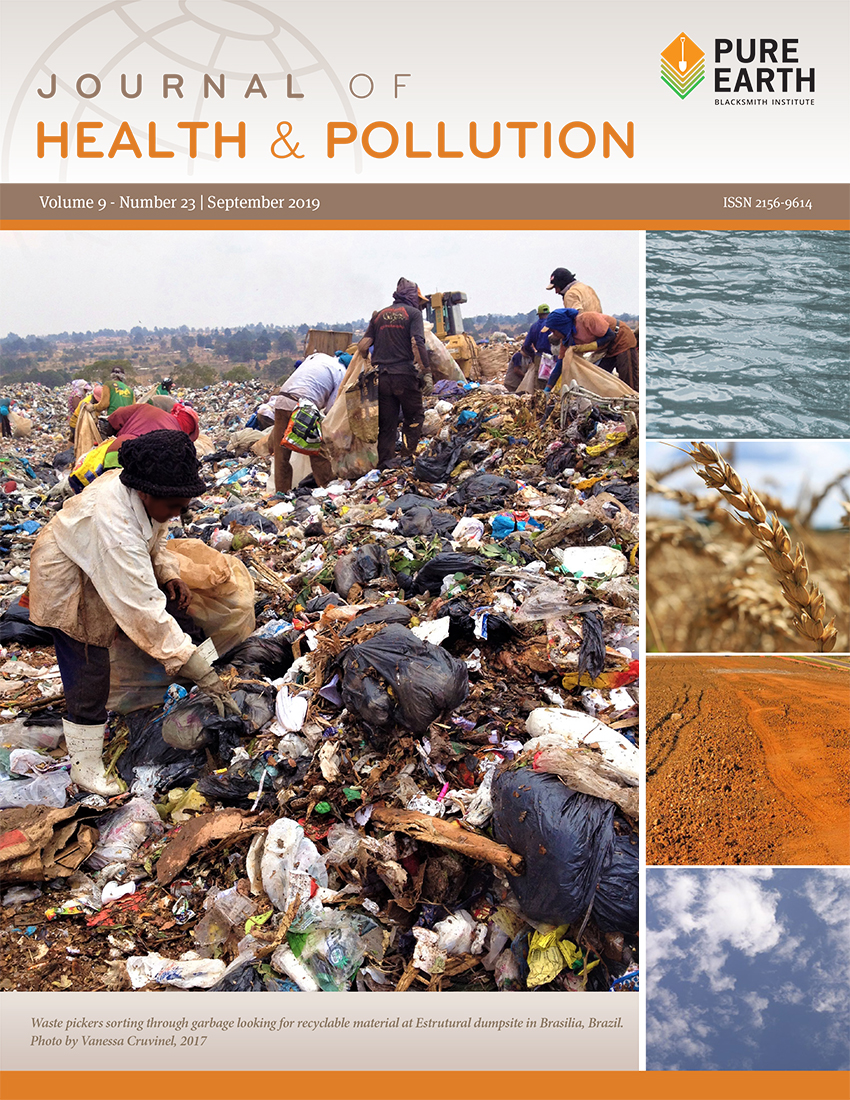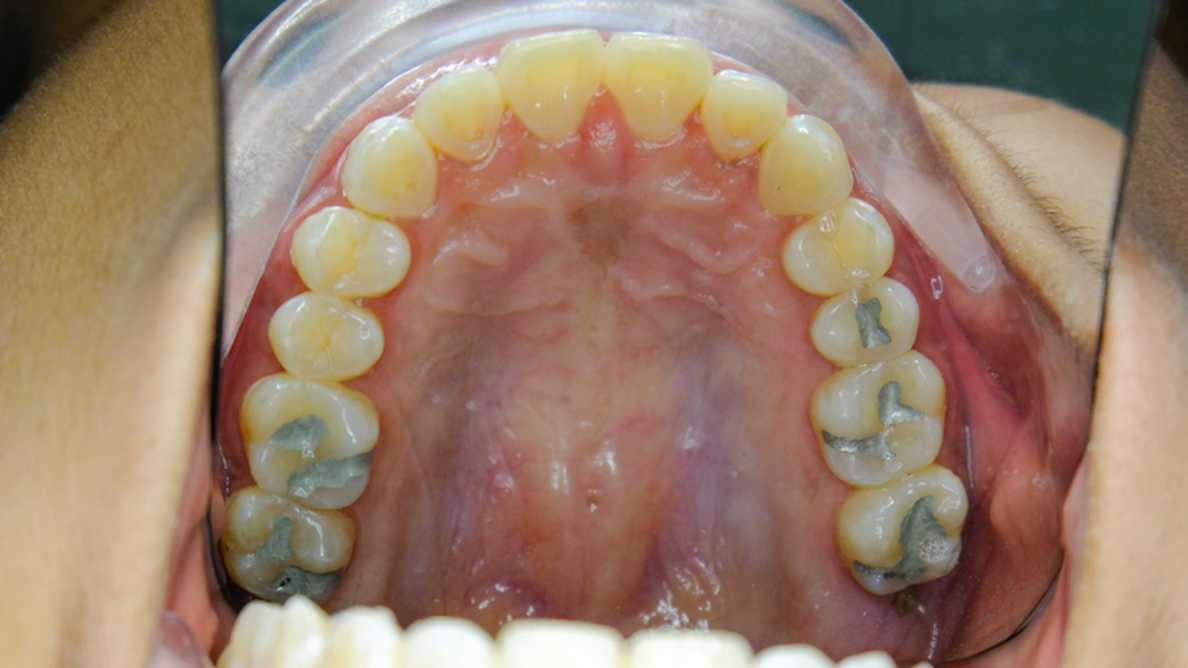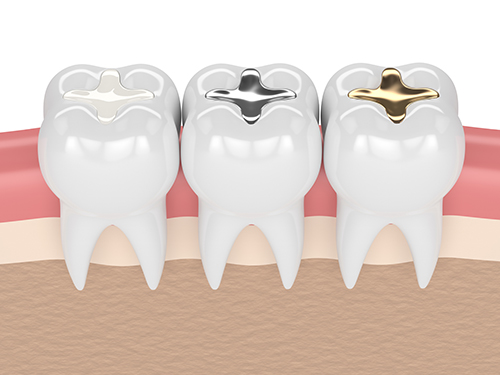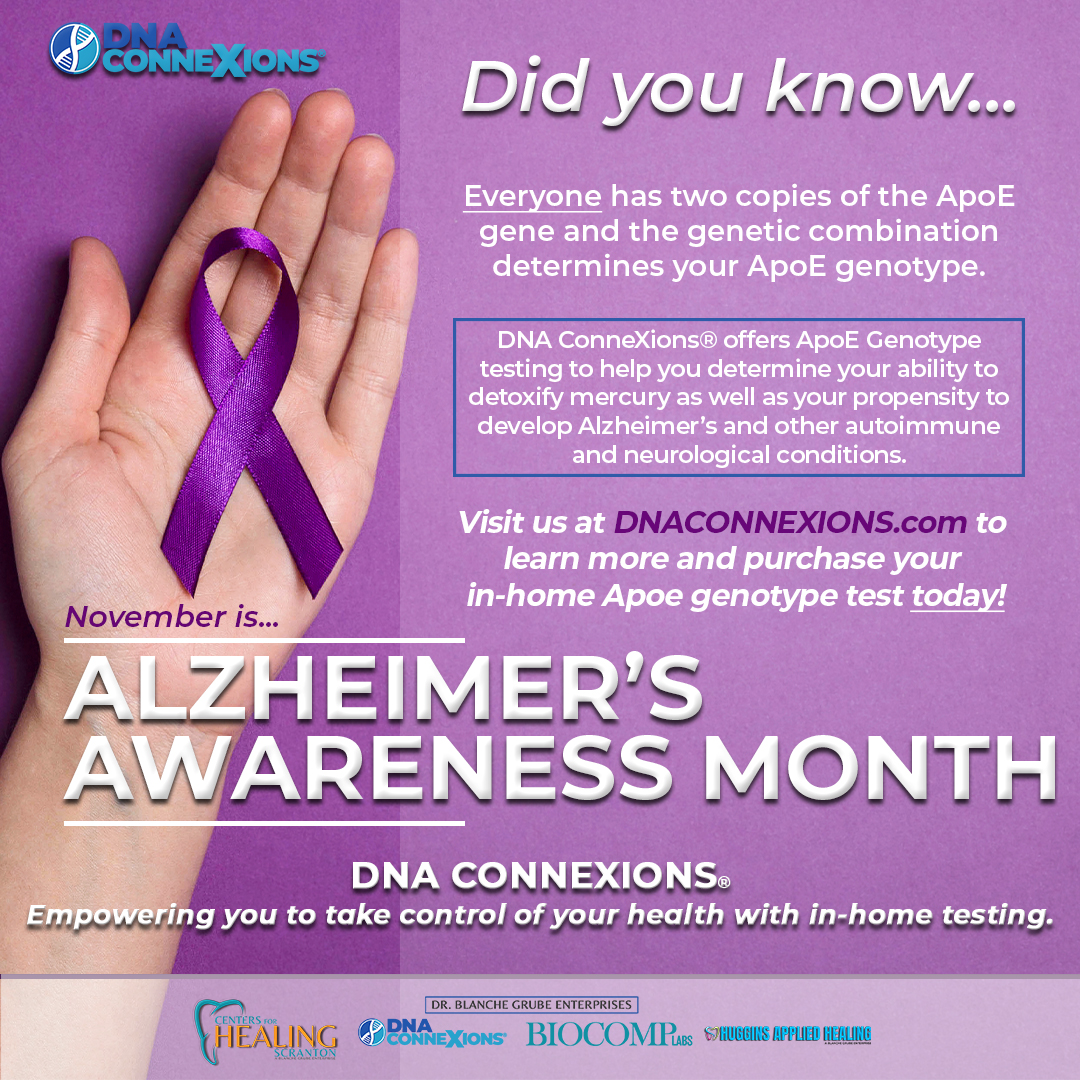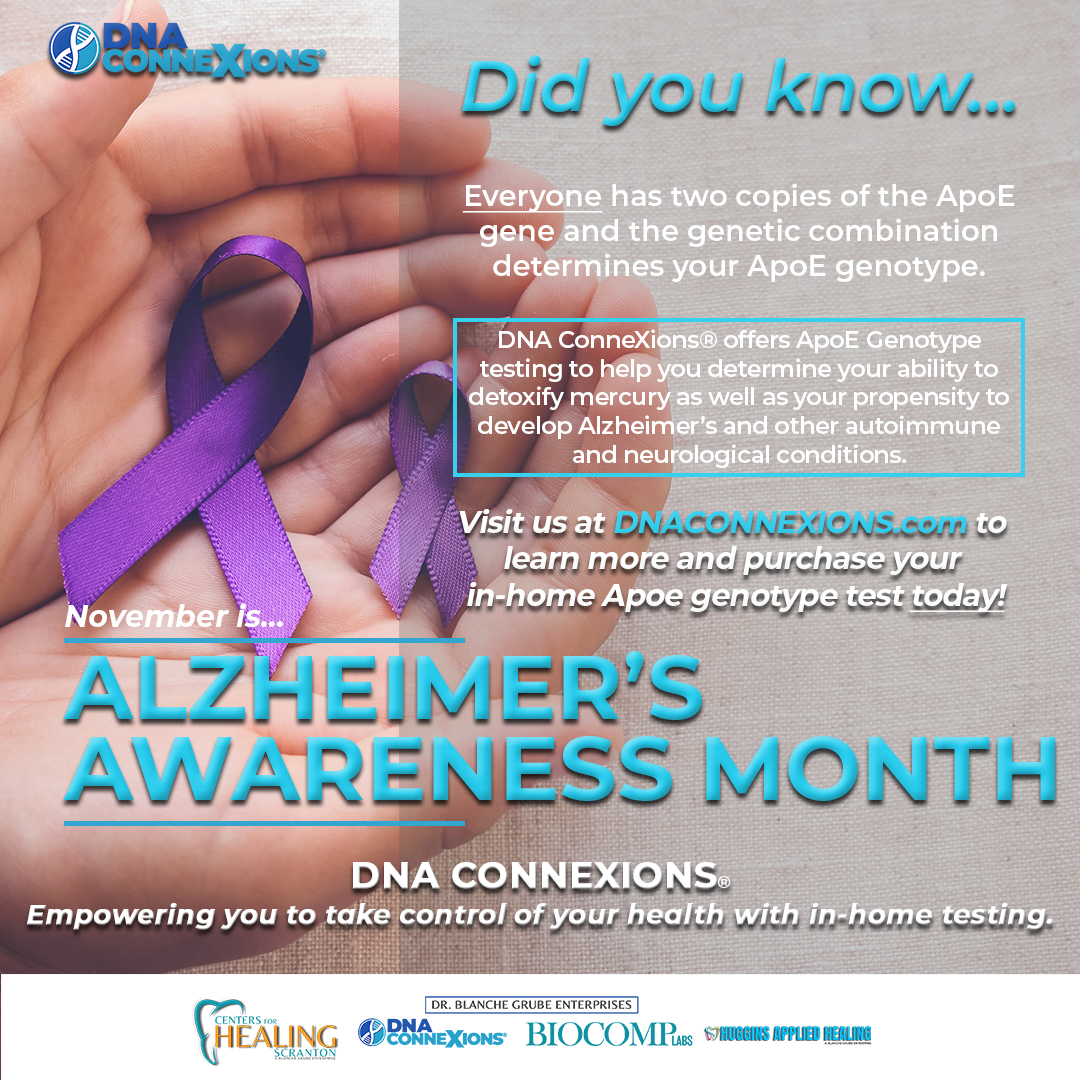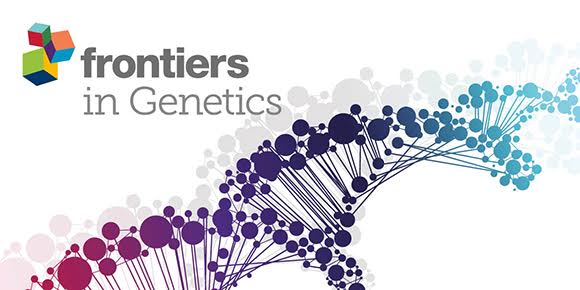
By Gabriela P. F. Arrifano Rosa C. R. Martín-Doimeadios, María Jiménez-Moreno, et al.
“Human exposure to mercury is a serious problem of public health in Amazon. As in other vulnerable populations throughout the world, Amazonian riverine populations are chronically exposed to this metal and some symptoms of mercury intoxication were already detected in these populations. However, studies on the genetic susceptibility to mercury toxicity in the Amazon are scarce, and they tested a limited number of individuals. In this context, apolipoprotein E gene (APOE) is a key element with a well-established association among their alleles and the neurodegenerative consequences of mercury intoxication. However, no studies have addressed APOE genotyping in Amazonian exposed populations. Additionally, epidemiological studies with APOE genotyping in Amazon have been restricted to indigenous populations. Therefore, this work analyzed for the first time the genotypic and allelic profiles of APOE in Amazonian riverine populations chronically exposed to mercury. Eight hundred and twenty three individuals were enrolled in our study donating blood (794) and/or hair (757). APOE genotyping was analyzed by real-time PCR. Total mercury and mercury species were quantified by ICP-MS and GC-pyro-AFS, respectively. Genomic ancestry markers were evaluated by multiplex-PCR reaction, separated by capillary electrophoresis on the ABI 3130 Genetic Analyzer instrument and analyzed on GeneMapper ID v3.2. The 𝜀3 and 𝜀3/𝜀3 were the most frequent allele and genotype, respectively, followed by 𝜀4 allele and 𝜀3/𝜀4 genotype. Only 𝜀2/𝜀2 genotype was not found, suggesting that the absence of this genotype is a generalized phenomenon in Amazon. Also, our data supported an association between the presence of APOE4 and the Amerindian origin in these populations. Fifty-nine individuals were identified at maximum risk with levels of mercury above 10 μg/g and the presence of APOE4. Interestingly, among individuals with high mercury content, APOE4-carriers had high mercury levels than APOE2-carriers, pointing to a different heavy metal accumulation according to the APOE allele. These data suggest that APOE4, in addition to a possible pharmacodynamic effect, may influence pharmacokinetically the mercury exposure causing its higher accumulation and leading to worse deleterious consequences. Our results may aid in the development of prevention strategies and health policy decision-making regarding these at-risk vulnerable populations.”
We welcome you to read the full paper HERE!




